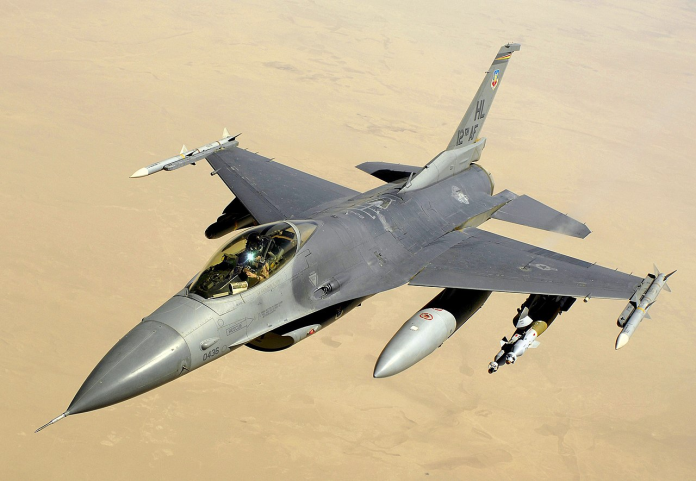
What does it take to control disputed skies where modern Western fighters such as the F-16 and Mirage-2000 are involved? For Russia, the solution lies in a highly coordinated combination of two very dissimilar airplanes the Su-35S Flanker-E and the Su-34 Fullback supported by long-range missiles and advanced electronic countermeasures. This “Tandem Operation” doctrine, now the key to Russian air supremacy over Ukraine, is transforming the air campaign by a combination of raw power, precision, and electromagnetic jamming.

1. Anatomy of the Tandem Operation
The Su-34 acts as the primary strike platform, delving deeply inside Ukrainian soil for precision bombing, while the Su-35S flies above it as a cover. The Su-35S has a double mission requirement; it serves to deter and destroy enemy fighters so that they may never jeopardize the strike package, and also to perform airborne early warning using its multi-radar set. This way the Su-34 need not be involved in air-to-air fighting unless it is a necessity.
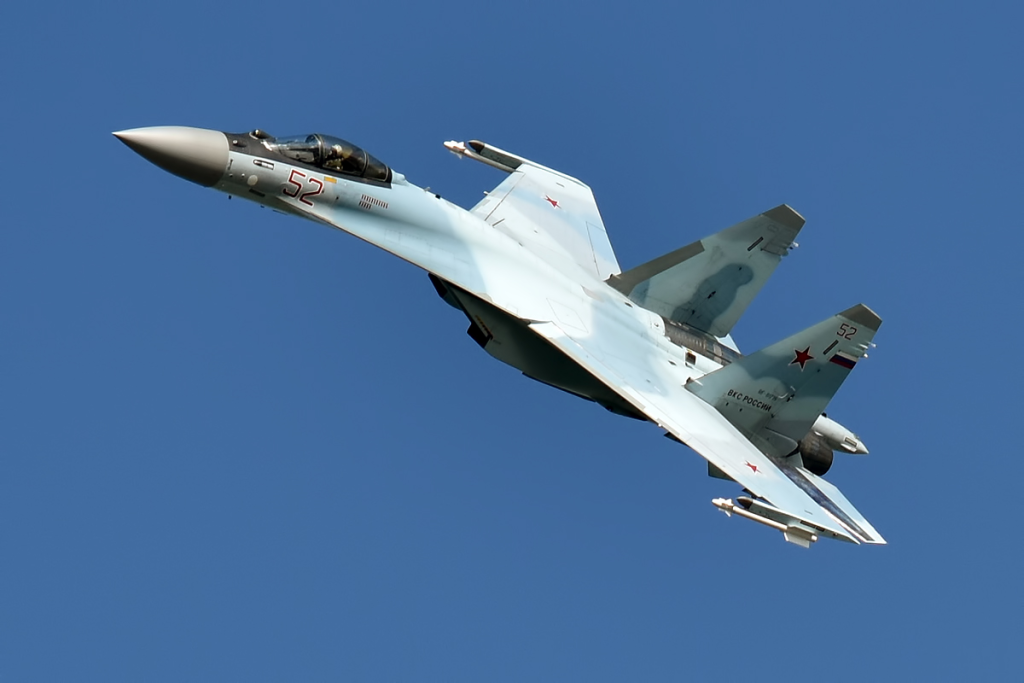
2. Su-35S: Air Superiority Anchor
The 4++ generation multi-role fighter Su-35S inherits the airframe of the Su-27 but receives new thrust-vectoring engines, Irbis-E passive electronically scanned array radar, and a family of new weapons that includes the R-77-1, the new R-77M, and the ultra-long-range R-37M. The double pulse motor and improved seeker of the R-77M reportedly give it a range of nearly 100 miles, easily beyond the ~46-mile range of the AIM-120C-5. The R-37M extends the range of engagement to as far back as 124 miles, so Russian pilots may engage from their own side of the border. Ukrainian MiG-29 man Andrii “Juice” Pilshchykov boiled the effects of the R-37M down simply: “If you’re not aware of the launch of a missile, you’re dead.”
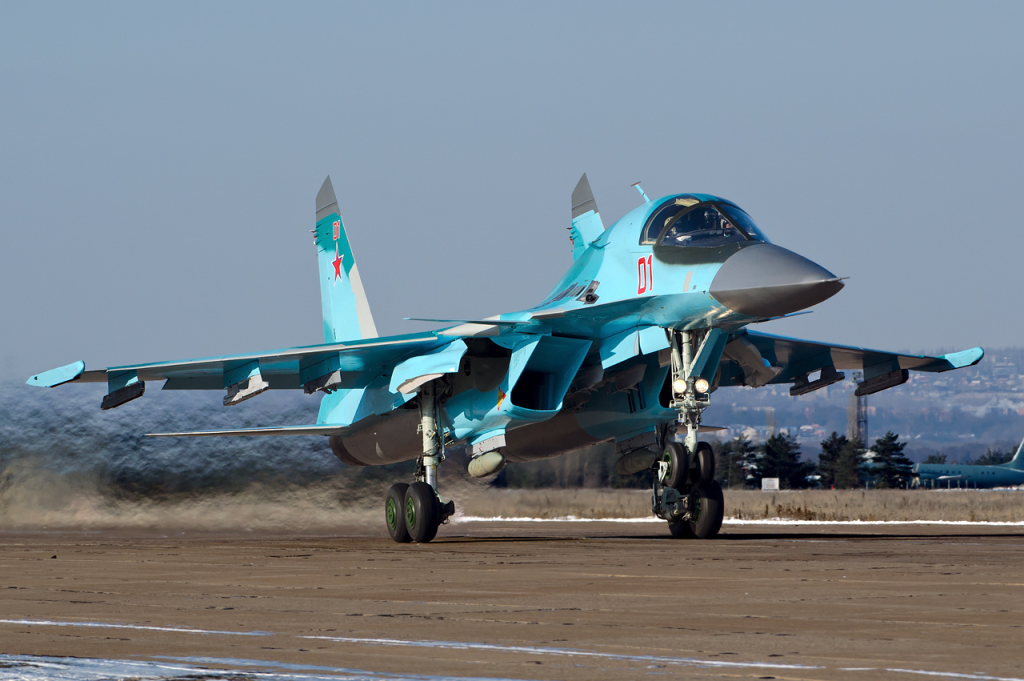
3. Su-34: The Armored Strike Workhorse
Su-34’s typical flattened nose and side-by-side cockpit are for long-range, low-level penetration missions. Its titanium-armored crew compartment and hardened landing gear are for 12 hardpoints that carry a collective maximum 14,000 kg of ordnance. It has progressed in Ukraine from original low-level bombing to which it sustained heavy losses from mobile air defenses to standoff attacks using UMPK glide kits mated to FAB-500 and FAB-1500 bombs, launched from 35–45 km. This upgrade keeps the airplane outside most short-range threats’ envelope but is a consequence of a shortage of modern precision-guided bombs for the Russian bombers.

4. The Khibiny Edge in Electronic Warfare
Both the tandem’s fighters are outfitted with variants of the Khibiny electronic warfare package. The Su-35S has the Khibiny-10M, which incorporates wingtip pods for jamming and detecting enemy radars, while the Su-34 is outfitted with the L-175V. Both employ Digital Radio Frequency Memory (DRFM) methods to generate false targets and create confusion in the direction of the radar’s tracking. An intercepted RTU 518-PSM pod belonging to a related Khibiny-U package showed active jamming equipment complemented by passive receivers that were finely tuned for various bands of radar. Although theoretically, the Khibiny is able to reduce missile seekers’ effectiveness and also delay detection, in real-world terms Western-supplied Ukrainian air defenses have gone ahead to shoot down several planes so far. This indicates the possible limits placed by the Russian EW capabilities against Western-designed ECCM.
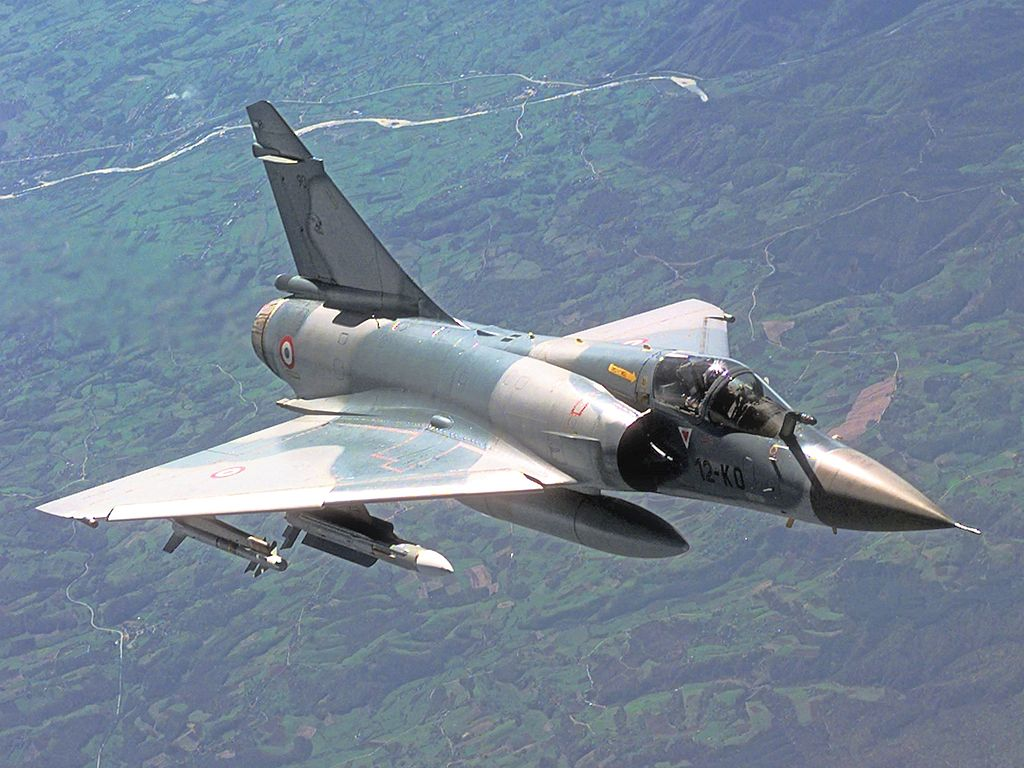
5. Missile Superiority and Engagement Geometry
Lethality of the Tandem Operation relies on missile reach. Long-range launches by the R-77M and R-37M missiles of the Su-35S place Ukrainian F-16s and Mirage-2000s in a defensive mindset. Small drag fins and increased seeker of the R-77M expand its “no escape zone,” and the high altitude and high speed of the R-37M are difficult to escape. This missile overmatch is also supported by the Su-35S’s multi-engagement-capable radars that are able to engage multiple targets by a 300 km-plus-range.
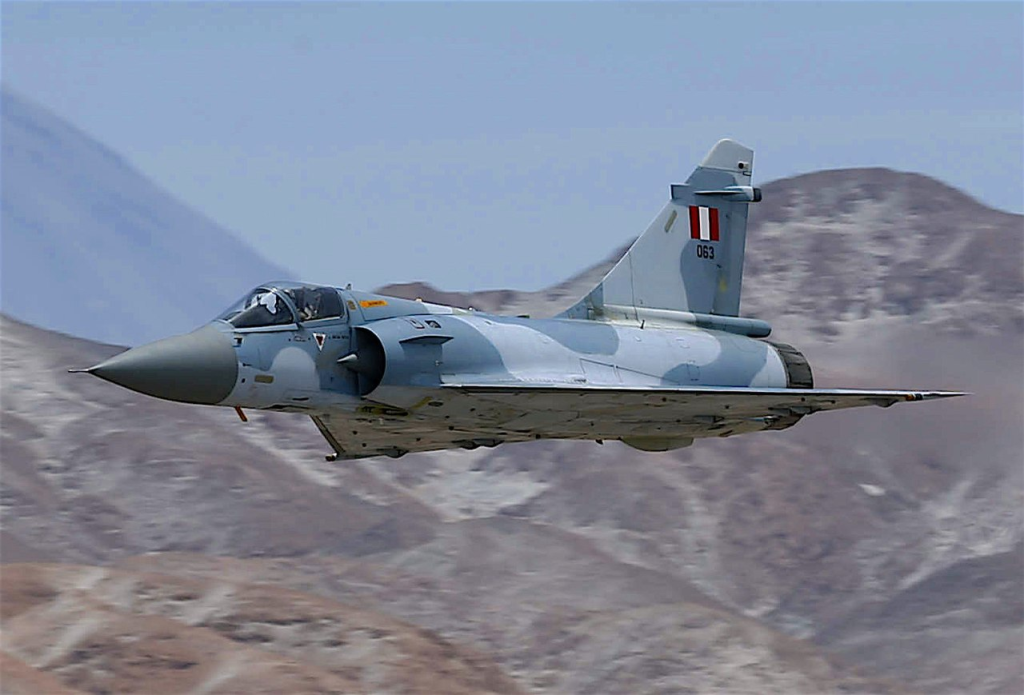
6. Comparative Performance Side-by-Side With Western Fighters
In direct technical comparison, Ukraine’s F-16s many of them older variants face disadvantages in missile range and radar detection against the Su-35S. The Mirage-2000s, modified for air-to-ground roles before delivery, lack the radar and missile pairing to challenge Russian fighters at long range. While the F-16’s agility and AESA radar (in upgraded versions) could offset some disadvantages, the current Ukrainian fleet is constrained by limited numbers, pilot training time, and the constant threat of standoff missile attacks.

7. Operational Impact On the Air War
Ukraine has lost a minimum of four F-16s and a Mirage-2000 since the Tandem Operation has been implemented. Losses along with the psychologic effects of long-range missile threats have constrained Ukrainian fighters’ activities near the front. The operation also denies Ukrainian aircraft approaching near Russian borders while actually implementing a buffer zone in the air.
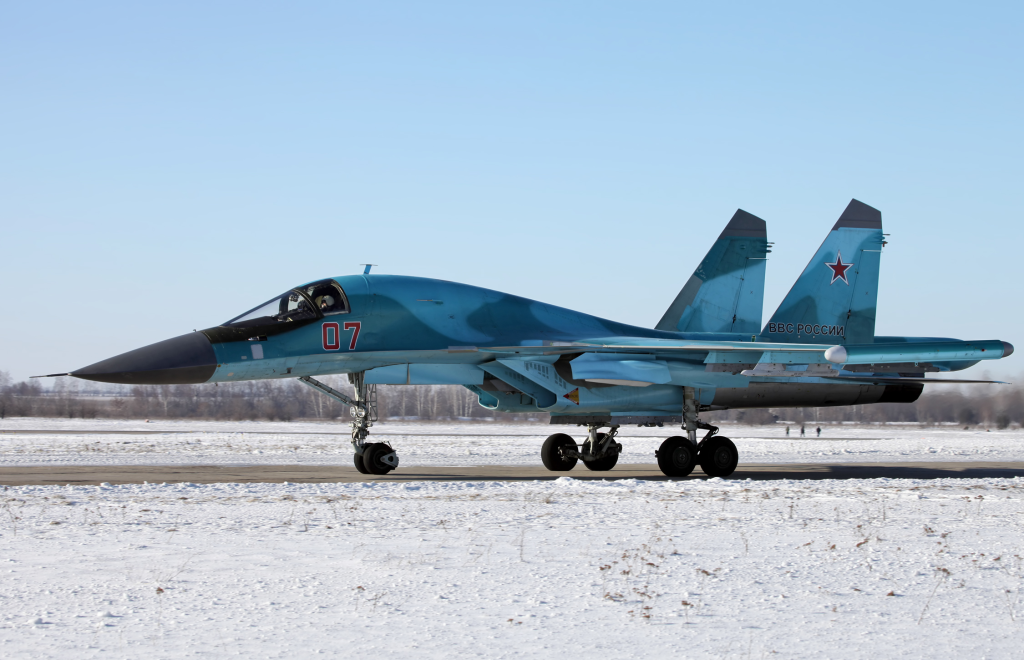
8. Direction of Future Evolution
The Su-34M modernization upgrade will receive additional-capable targeting pods, a new Khibiny suite, and possibly AL-41F1S engines inherited from the Su-35. For theSu-35S, further missile development with possible future variants usingramjets such as the Izdeliye 180-PD will attempt to preserve range dominance. Although both non-stealthy planes are, their survivability will for the time being rely on standoff techniques and EW effectiveness.

By combining the air dominance of the Su-35S and the heavy strike payload of the Su-34 and overlaying both in electronic warfare, Moscow has created a stacked aerial threat that already has reordered the tactical environment within Ukraine. The Tandem Operation is less about individual airplane capabilities and greater about combining synergistic strengths into a single, whole combat package.
